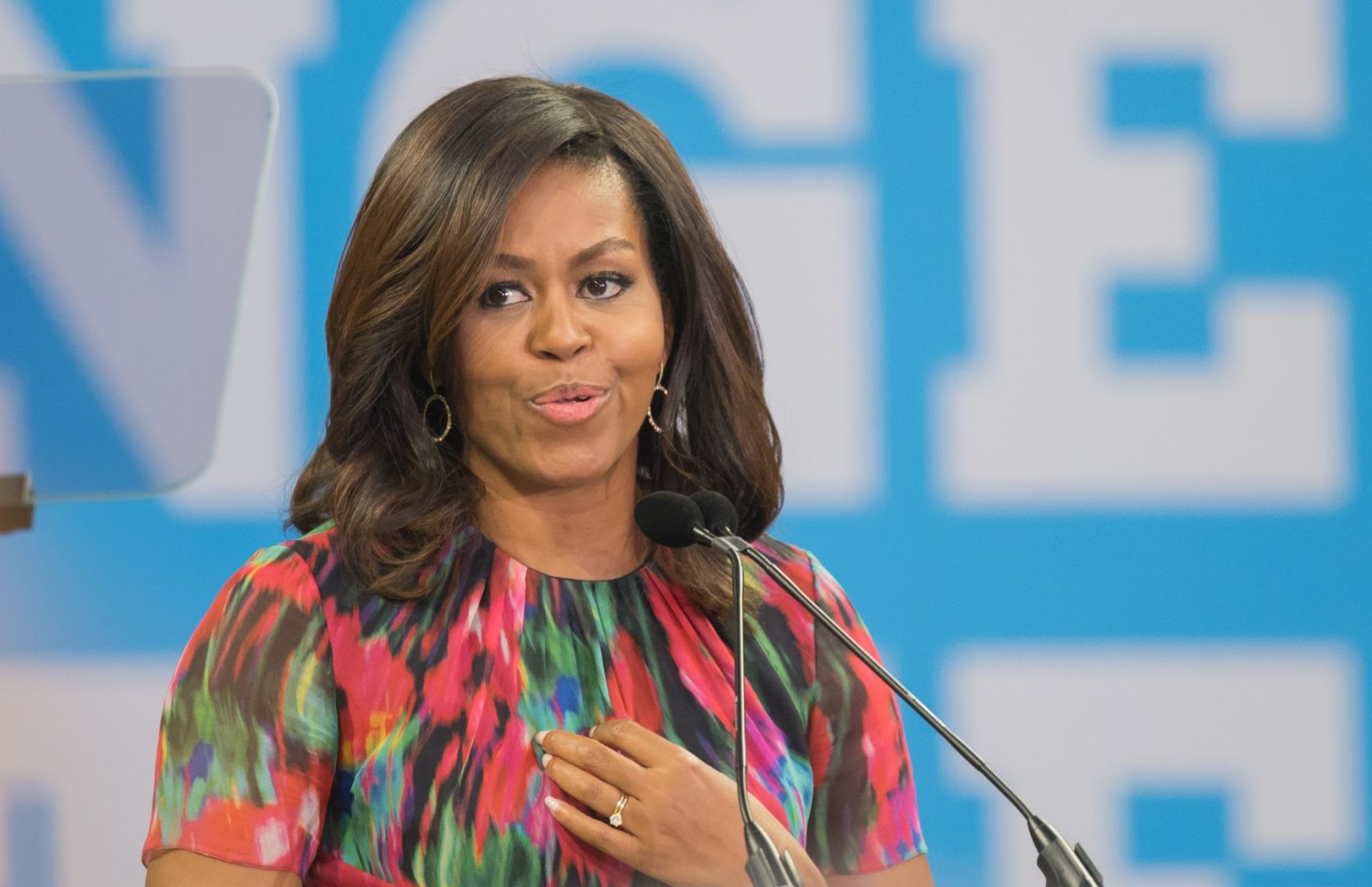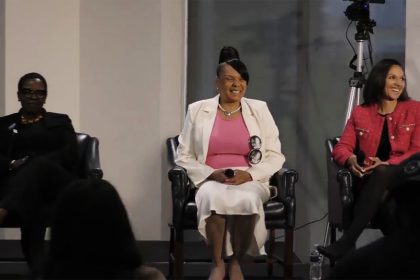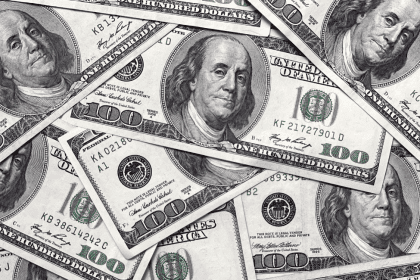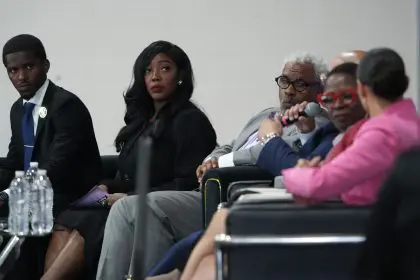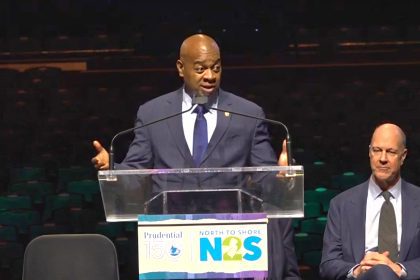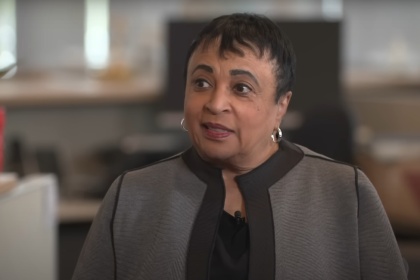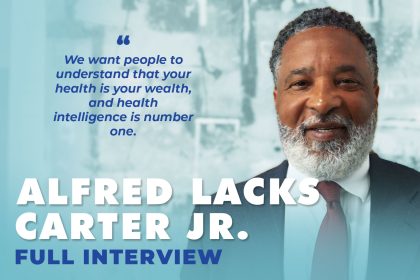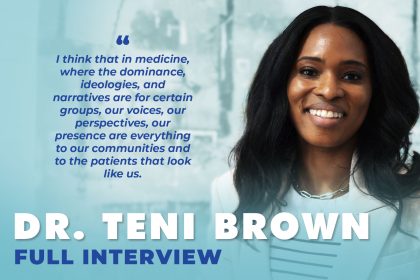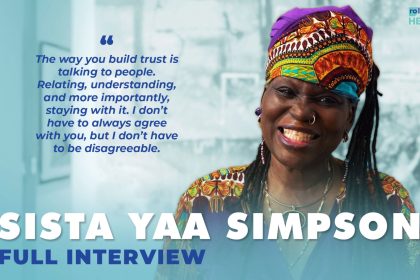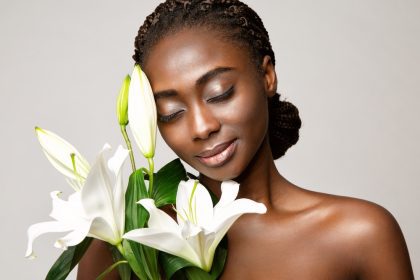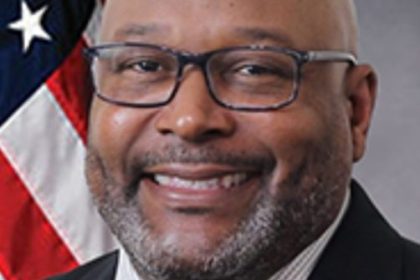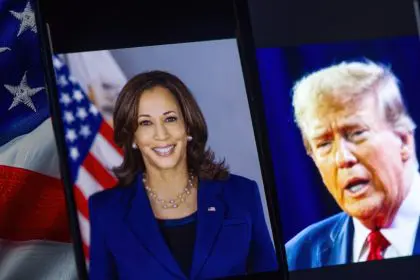The intersection of fashion and politics has emerged as a powerful arena for cultural expression and representation, particularly among Black women leaders who are revolutionizing the political landscape through their intentional style choices. As the 2025 political season unfolds, these choices reflect more than personal taste – they represent a deliberate strategy to amplify Black voices and celebrate cultural heritage in the halls of power.
The evolution of political fashion
The relationship between political presence and personal presentation has transformed dramatically over the past decade. Black women in positions of power have moved beyond traditional expectations of political dress, creating a new language of leadership that encompasses both policy expertise and cultural authenticity.
Beyond the suit
Contemporary political fashion has evolved from the conventional wisdom of neutral-colored suits to become a nuanced form of communication. This shift reflects a broader change in how political figures engage with their constituencies and express their identities through clothing choices.
Architects of change
The modern era of political fashion has been significantly shaped by influential figures who understand the power of visual representation. Michelle Obama’s tenure as First Lady marked a pivotal shift in how political figures approach fashion, establishing a blueprint for combining elegance with cultural significance.
Strategic choices
The selection of designers and styles by Black women politicians often carries multiple layers of meaning. These choices serve to highlight emerging Black talent in the fashion industry while simultaneously making statements about representation and accessibility in both politics and fashion.
Impact on the fashion industry
The visibility of Black designers in political spheres has catalyzed significant changes within the fashion industry. This increased prominence has opened doors for emerging creators and challenged traditional power structures within the fashion world.
The influence extends beyond individual designers to impact broader conversations about diversity in fashion, from runway representation to executive leadership. These changes reflect a growing recognition of the purchasing power and cultural influence of Black consumers and creators.
Cultural resonance
The fashion choices of Black women politicians resonate deeply within communities that have historically been marginalized in both political and fashion spaces. These style selections serve as powerful statements about belonging and authority in traditionally exclusive environments.
Generational influence
Young professionals and aspiring politicians increasingly look to these leaders as examples of how to navigate professional environments while maintaining cultural authenticity. This influence extends beyond politics to impact corporate and creative sectors.
Contemporary representation
Vice President Kamala Harris’s approach to political fashion has set new precedents for how women in executive positions can present themselves. Her purposeful selection of American designers, particularly those from underrepresented communities, demonstrates the potential for fashion to serve as a tool for economic empowerment.
White House Press Secretary Karine Jean-Pierre has further expanded this influence, bringing fresh perspective to political communication through her thoughtful wardrobe choices. Her presence behind the podium represents a continuation of this tradition of using fashion to amplify cultural visibility.
Industry transformation
The impact of these fashion choices extends far beyond individual wardrobes. Black designers who receive support from political figures often experience significant growth in their businesses, creating opportunities for expansion and increased visibility in the broader fashion market.
This influence has encouraged major retailers and fashion houses to reconsider their approach to diversity and inclusion, leading to more opportunities for Black designers and creators throughout the industry. The ripple effects of these changes continue to reshape the fashion landscape.
The evolution of political fashion among Black women leaders reflects broader changes in American society’s approach to representation and power. These choices demonstrate how personal style can serve as a powerful tool for cultural expression and social change.
The impact of these fashion choices continues to resonate through both political and cultural spheres, inspiring new generations to view their personal presentation as an extension of their professional and cultural identities. This transformation suggests a future where fashion in politics serves not just as personal expression but as a catalyst for broader social change.
As we move forward, the influence of Black women politicians on fashion continues to grow, challenging traditional narratives about power dressing while creating new opportunities for cultural expression in political spaces. Their choices demonstrate how fashion can serve as both a personal statement and a powerful tool for social transformation.
The ongoing evolution of political fashion among Black women leaders suggests a future where cultural authenticity and professional authority are not mutually exclusive but rather complementary aspects of leadership. This transformation represents a significant shift in how power and identity are expressed in American political life.
Looking ahead, the impact of these fashion choices will likely continue to reshape both political and fashion landscapes, creating new opportunities for expression and representation. This evolution suggests a future where fashion serves not just as a personal choice but as a powerful tool for social change and cultural affirmation.

